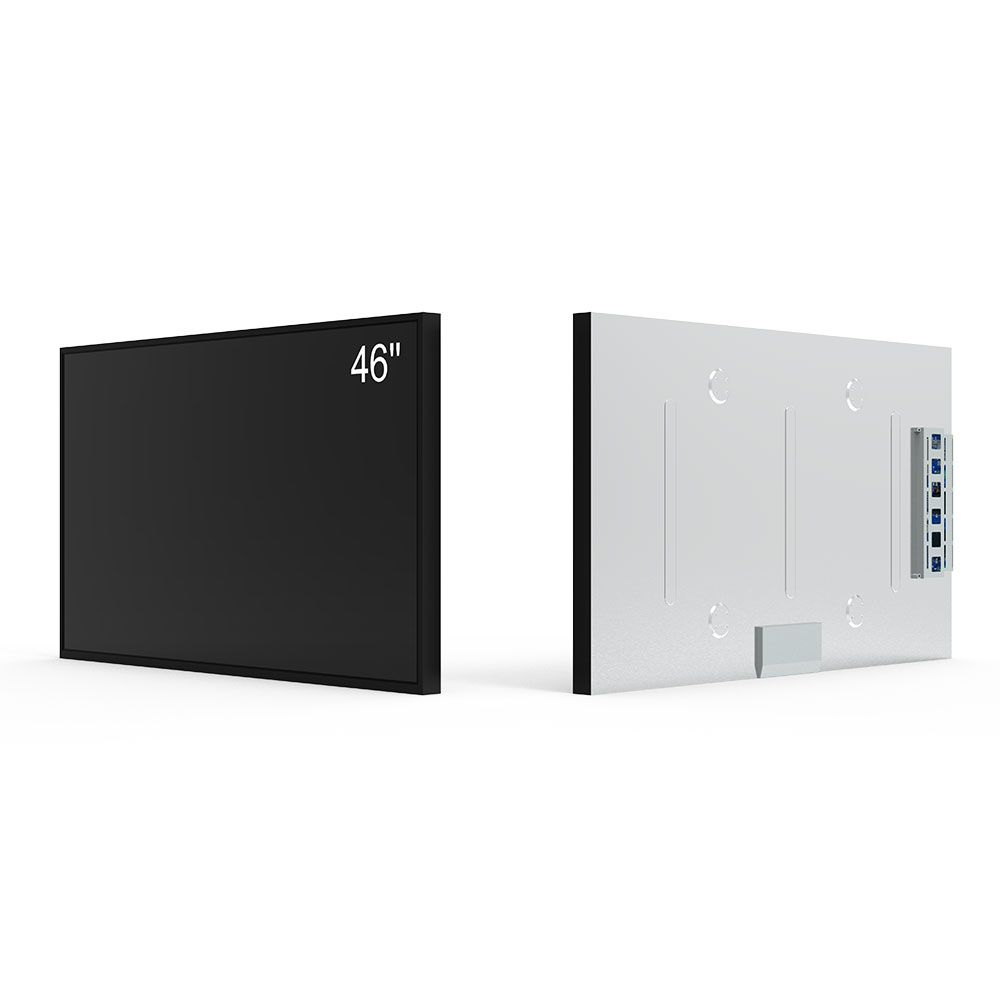In the rapidly evolving landscape of digital signage and outdoor display technology, IP66 waterproof rating has become a non-negotiable standard for manufacturers and end-users alike. This robust protection level—defined by the International Electrotechnical Commission (IEC) in IEC 60529—ensures that an outdoor LCD screen can withstand both dust ingress and powerful water jets, making it ideal for applications ranging from highway billboards to industrial control panels.
The IP66 classification breaks down as follows:
- "6" indicates total protection against dust. No ingress of dust is permitted, which is critical for preventing internal component degradation in dusty environments like construction sites or deserts.

- "6" signifies resistance to powerful water jets from any direction, tested with at least 100 liters per minute of water pressure at a distance of 3 meters for 3 minutes. This ensures performance even during heavy rain, snow melt, or high-pressure cleaning.
Industry data from leading manufacturers such as LG Display, Samsung, and Leyard confirms that IP66-rated screens achieve over 98% operational uptime in outdoor conditions where unsealed displays fail within weeks due to moisture intrusion or particulate buildup. For example, a case study from a UK-based transportation company showed that IP66-equipped LED-LCD hybrid displays reduced maintenance costs by 42% over two years compared to IP54 alternatives.
Furthermore, IP66 compliance requires rigorous design considerations beyond just sealing:
- Sealed enclosures using gasketed aluminum or stainless steel frames
- Corrosion-resistant materials for connectors and internal PCBs
- Thermal management systems that prevent condensation inside the unit
- Vibration damping to maintain integrity under wind or mechanical stress
These features align with ISO 16750 standards for automotive and industrial electronics, ensuring long-term reliability in extreme climates—from -30°C to +60°C ambient temperatures. In fact, many military-grade outdoor displays now default to IP66+ ratings to meet MIL-STD-810G environmental testing requirements.
For installers and facility managers, choosing IP66-rated outdoor LCDs means fewer service calls, lower lifecycle costs, and higher viewer engagement due to consistent image quality regardless of weather. Whether deploying in coastal regions prone to salt spray or arid zones with frequent sandstorms, this certification delivers peace of mind backed by real-world performance metrics.
As global demand for resilient digital infrastructure grows—especially in smart cities and EV charging stations—the IP66 standard will remain foundational for outdoor visual communication solutions.







